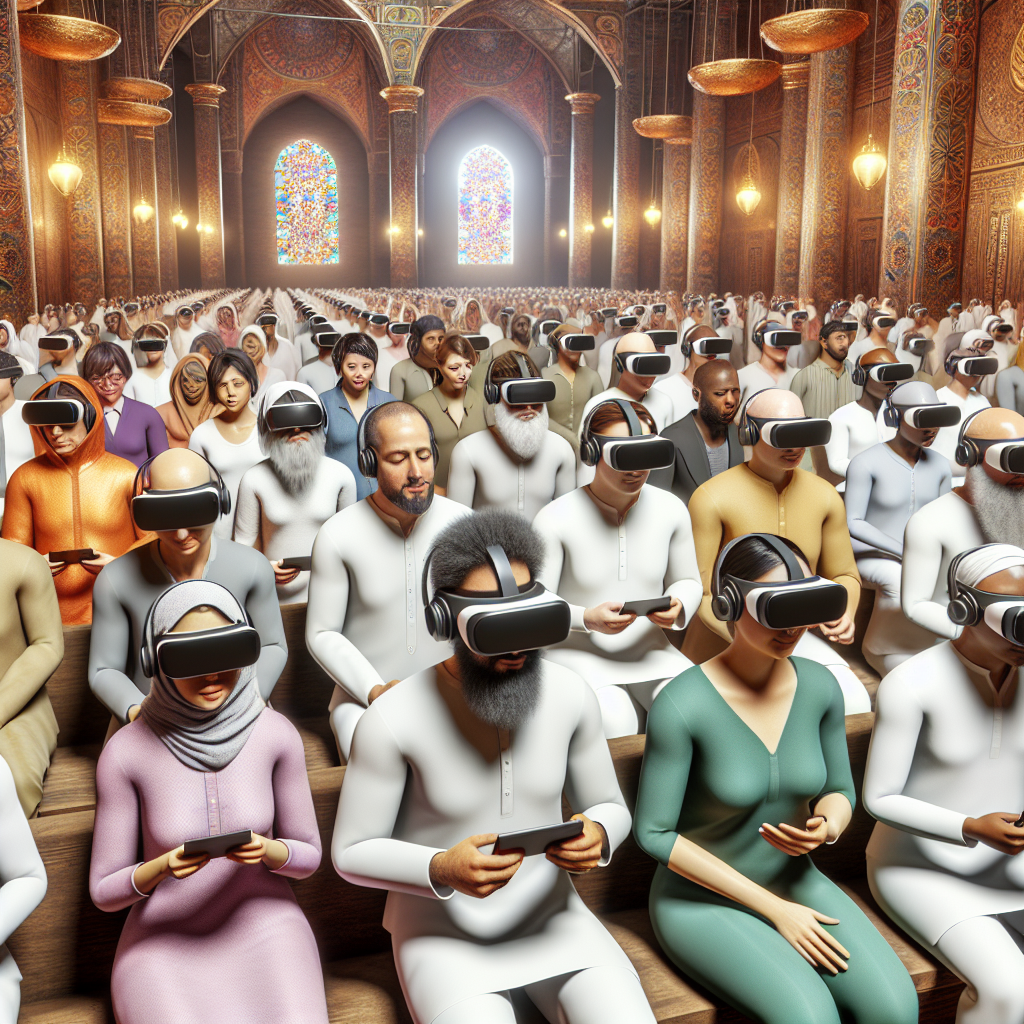Spiritual tourism increases and the Art of Change
An in-depth analysis of the rise in spiritual tourism, the technology behind it, its societal impact, and ethical considerations.

I suggest we embrace a new age – an era where spirituality is both democratized and globalized through innovation. In a world suffering from burnout and digital overload, there exists a quiet revolution: A surge in spiritual tourism enabled by emerging technologies.
1. Technology Overview
Spiritual tourism refers to trips taken for religious or spiritual purposes. This niche has been transformed by technological interventions such as augmented reality (AR), virtual reality (VR), immersive storytelling platforms, booking apps dedicated to sacred journeys, online spaces for sharing experiences; all aimed at enhancing one’s journey towards self-discovery.
2. Current State of the Art
A cursory look into current trends reveals our reliance on these digital platforms for curating personalized pilgrimages. Now even remote shrines can be explored virtually via VR headsets or retreats planned using advanced algorithms predicting crowd patterns during holy events.
3.Key Innovations
The ‘Sacred Spaces’, an AR application that superimposes symbolic structures onto real-world environments is noteworthy innovation. Similarly pioneering is ‘Virtuosi’, which recreates historically significant rituals through VR.
4.Market Adoption
Data shows widespread adoption with spiritual app downloads skyrocketing annually while companies like SoulSeeker have found success integrating technology within pilgrimage management services.
5.Technical Challenges
P
Critics argue that this dynamic shift might trivialize sacred experiences. There’s also a dilemma around data privacy especially with tracking apps.
6.Industry Applications
This amalgamation of spirituality and tech has implications beyond tourism: it streamlines religious event management, enhances faith-based education, and reinvents architectural preservation efforts.
7.Future Development
P
The future holds infinite possibilities – from AI-guided spiritual advisors to holographic gurus. The blending of the physical and metaphysical realms is just getting started.
8.Societal Impact
P
Beyond accessibility, these innovations foster interfaith dialogue by offering immersive experiences into different belief systems broadening perspectives on spirituality worldwide.
9.Ethical Considerations
P
Digitalizing the divine does carry ethical quandaries including issues surrounding authenticity, commodification of religion, and potential cultural appropriation.
H5>10.What to Watch </ H5 > P < p > As this trend grows keep an eye out for how faith institutions navigate their digital transformation journey acknowledging both opportunities and challenges presented.
p > Conclusion – Call to Action / P >< p > I implore us all to embrace this convergence of technology and spirituality with open arms yet cautious minds. This isn’t about religious conviction but facilitating understanding empathy in our divided world Documents obtained exclusively show that we’re on the cusp of something potentially transformative. Let’s welcome change while respecting tradition.< / P>